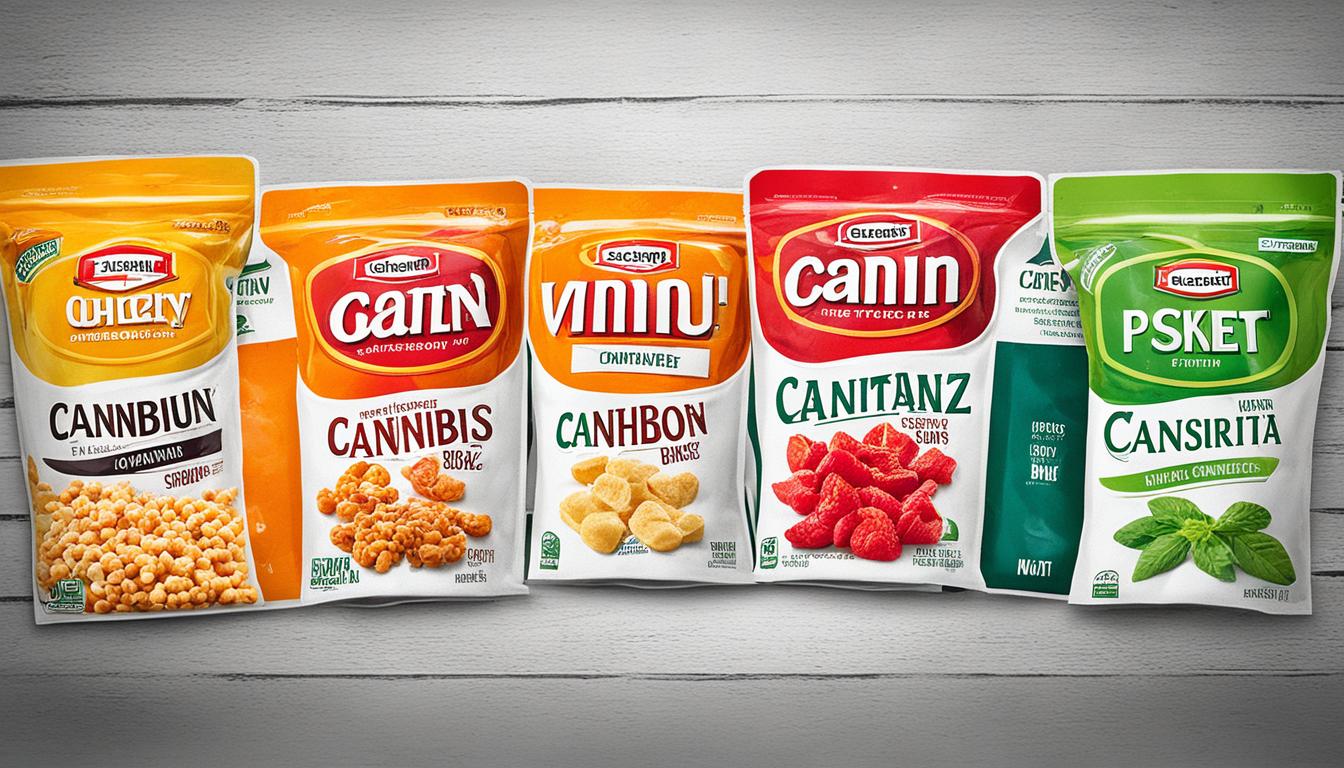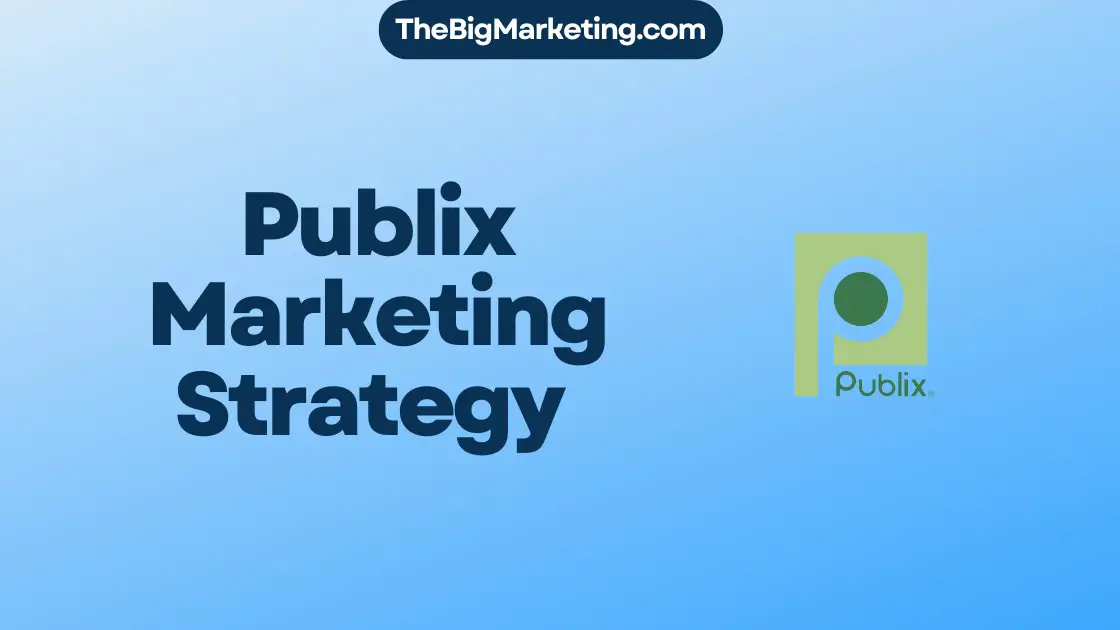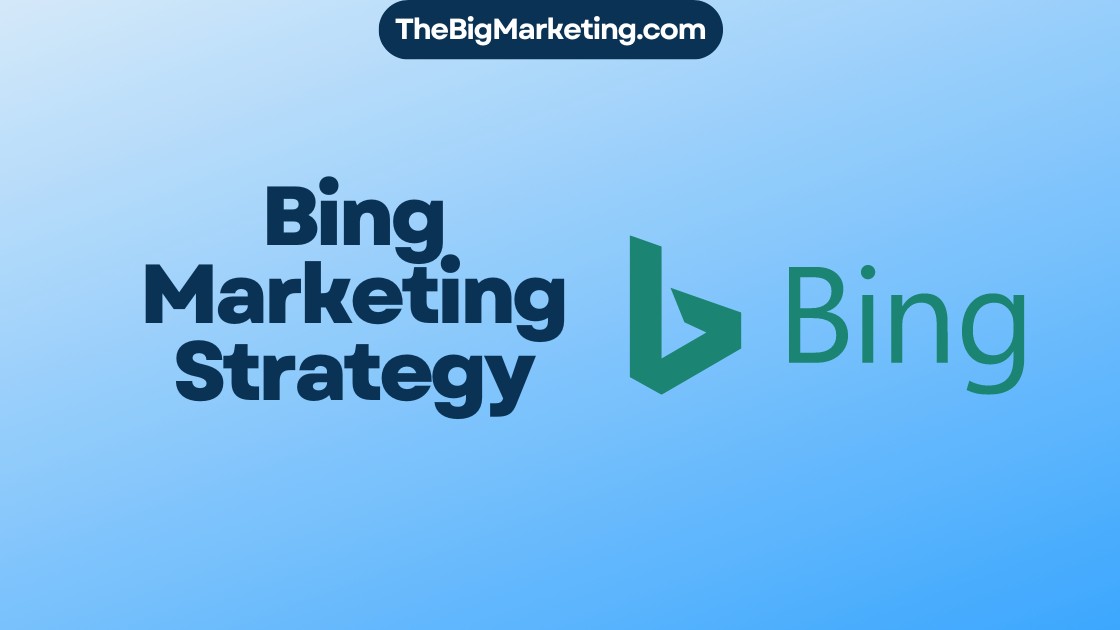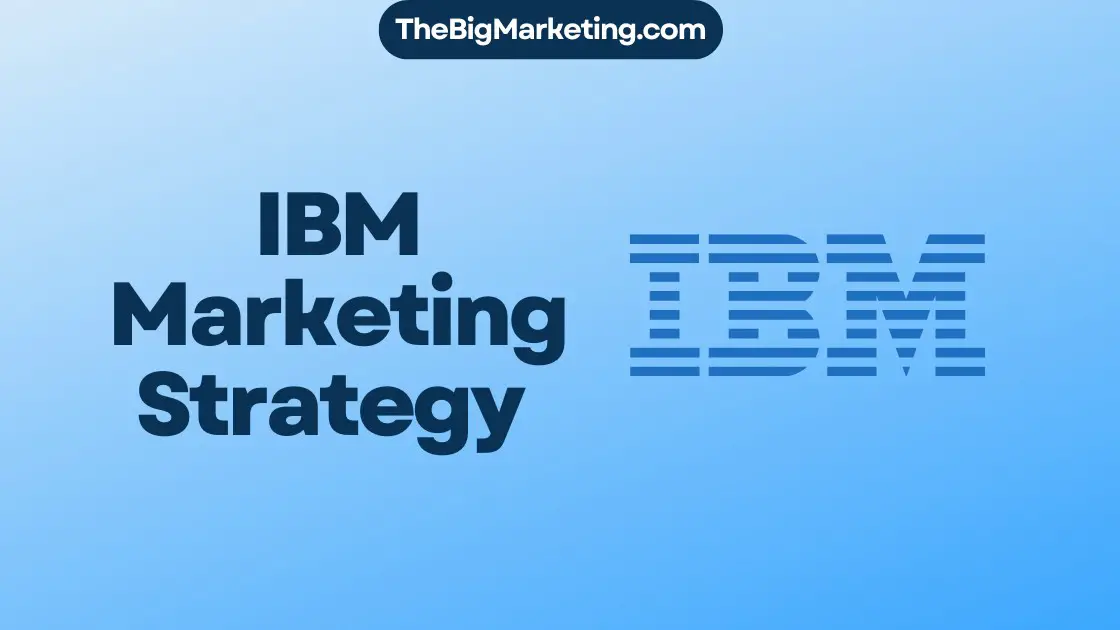Blockchain has changed marketing for the better. It solves issues like ad fraud and data breaches. Its open and secure system is reshaping how products are promoted and how brands connect with people. We will look into how blockchain is shaking up marketing and ads, showing examples of its benefits.
Crypto ads and marketing for blockchain companies are part of this new trend. Blockchain helps increase a brand’s visibility. It also builds trust and lets marketers tailor their campaigns more effectively.
In this piece, we dive into how giants like IBM, NYIAX, and Verasity are innovating in digital marketing with blockchain. These examples shed light on blockchain’s positive effects on marketing strategies.
Let’s explore the thrilling world of blockchain marketing together. We’ll see how it’s opening up new frontiers for brands in the digital age.
Key Takeaways:
- Blockchain technology offers solutions to challenges such as ad fraud and data security.
- Blockchain can be used in various aspects of marketing, including advertising, data management, and customer relationship building.
- Companies like IBM, NYIAX, Verasity, and more are utilizing blockchain for marketing and advertising purposes.
- Blockchain enhances supply chain transparency, fosters customer relationships, and enables secure and privacy-centric advertising.
- By embracing blockchain, marketers can build trust, credibility, and engagement with their target audience.
How Is Blockchain Used in Marketing and Advertising?
Blockchain technology is changing marketing and advertising. It’s decentralized and transparent, which helps businesses. Here are nine ways blockchain is making a difference.
Data Management:
Blockchain offers secure data management for marketing and advertising. With its decentralized ledger, businesses can keep customer data safe. This ensures privacy and keeps data accurate.
Audience Insights:
Blockchain helps marketers understand their audience better. Its transparency lets businesses get reliable data on consumer behavior and preferences. This makes marketing campaigns more personalized and effective.
Customer Relationship Building:
Blockchain builds stronger customer relationships by encouraging trust. Smart contracts and decentralized platforms allow secure and direct communication with customers. This builds loyalty and long-term bonds.
Examples of Blockchain in Marketing and Advertising:
| Company | Use Case |
|---|---|
| IBM | Utilizes blockchain in digital advertising to combat ad fraud and ensure transparent supply chain management. |
| NYIAX | Employs blockchain for programmatic advertising, offering transparency and efficiency in buying and selling advertising contracts. |
| MetaX | Developed a blockchain-based ad exchange platform called “adChain” to improve ad verification and combat ad fraud. |
| Publica | Enables authors and publishers to engage directly with readers and fans through blockchain-powered crowdfunding and tokenized ecosystem. |
| MadHive | Utilizes blockchain for data management and audience analytics, enhancing transparency and effectiveness in programmatic advertising. |
| AdEx | Offers a decentralized ad exchange that ensures transparency and reduces middlemen in the advertising process. |
| Ujo Music | Transforms the music industry by allowing artists to release, distribute, and monetize their work through blockchain-based platforms. |
| RepuX | Enables businesses to securely sell and share data while maintaining ownership and control through blockchain technology. |
| Adbank | Uses blockchain to create a transparent and fraud-free digital advertising ecosystem, enabling fair compensation for publishers and avoiding ad fraud. |
These examples show the wide use of blockchain in marketing and advertising. It fights ad fraud and boosts data security, changing how businesses operate.
Managing Digital Advertising and Marketing Data With Blockchain
In advertising and marketing, poor data management can lead to wasted money and risk of fraud. Blockchain technology is now being used to fix these issues. Companies like IBM and Mediaocean use blockchain to check the ad supply chain, offer clarity, and remove waste.
Blockchain lets companies set up a secure, change-proof record of every ad process step. This makes data trustworthy and stops the problem of mismanaged ad supply chains.
NYIAX works with Nasdaq using blockchain for secure and open ad contract trading. This technology lets advertisers, publishers, and agencies see contracts better, make negotiations smoother, and build trust.
Verasity has created a technology using blockchain to stop ad fraud. Advertisers want to know their ads are seen by real people, not bots. Verasity uses blockchain to check and confirm ad views are legit. This way, advertisers only pay for real interactions.
Blockchain in Advertising and Marketing Data Management
Blockchain technology brings many benefits to digital ad and marketing data management:
- Transparency: Blockchain gives a clear record of all transactions. This makes it easy to spot any wrong data or fraud. Advertisers and marketers know their data is correct and reliable.
- Efficiency: Blockchain can make the whole data management process faster and cut errors. This lets marketing teams focus on bigger goals instead of small, repetitive tasks.
- Data Security: Thanks to its secure and private nature, blockchain keeps ad and marketing data safe from hackers. This protects businesses and builds trust with customers.
Using blockchain technology in ad and marketing data management marks a big change towards a clear and honest industry. As blockchain becomes more popular, the ad supply chain will get better, more trustworthy, and less prone to fraud.
| Company | Use Case |
|---|---|
| IBM | Verifying the advertising supply chain and eliminating wasteful spending through blockchain. |
| Mediaocean | Ensuring transparency and accuracy in advertising data management using blockchain. |
| NYIAX | Leveraging blockchain for secure and transparent advertising contract trading. |
| Verasity | Using blockchain’s Proof-of-View technology to combat ad fraud and ensure genuine ad engagements. |
Blockchain for Fostering Customer Relationships
Blockchain technology has transformed the way customer loyalty programs and digital entertainment operate in the adtech industry. SmartMedia Technologies and Loyyal lead the scene with fresh solutions. They enhance customer loyalty and keep them coming back.
SmartMedia Technologies
SmartMedia Technologies gives marketers a new way to buy and sell smart media through blockchain. This not only makes transactions smoother but also ensures everything is clear to see. It’s a game-changer for managing loyalty programs, making customers happier and more loyal.
Loyyal
Loyyal is at the forefront of using blockchain to improve customer connections. It tracks loyalty tokens and boosts customer ties with its innovative platform. This means customers get better access to their rewards. It results in a better and more rewarding experience for everyone.
Blockchain is sparking new advancements in digital entertainment and adtech too. Companies like Cryptibles and Ambire AdEx are using blockchain for better customer involvement and new digital currency interactions.
Cryptibles
Cryptibles changes the game with interactive digital collectibles using blockchain. Fans get to own, trade, and engage with their favorite digital treasures. This opens up new ways for fans to connect and for creators to earn.
Ambire AdEx
Ambire AdEx brings secure and clear ad deals to the adtech world with blockchain. It uses smart contracts, making sure advertisers and publishers can trust the process. This means fair pay for ads and content.
In summary, blockchain is reshaping how we build customer relationships, improve loyalty programs, and innovate in digital and adtech fields. Its secure and open nature builds trust. It delivers real value for marketers and their customers.
Consumer-Centric Blockchain Advertising
Brave and BitClave are at the forefront of blockchain advertising. They focus on making it user-friendly. They use blockchain to make ads transparent and keep user information private.
Brave is all about blockchain advertising transparency. They have built a platform that blocks ads users don’t want to see. This improves the web browsing experience while protecting user privacy-preserving ads.
Brave doesn’t just block ads. They also pay users in Basic Attention Tokens (BAT) for watching ads. This way, users gain from the ads they decide to watch. It’s a way to give power back to the users.
BitClave also understands how precious privacy is. Their platform lets people share data with advertisers on their own terms. This approach is based on trust and privacy-preserving ads.
BitClave rewards users who share their data. This creates a win-win for both users and advertisers. Users get personalized offers and keep control of their info. This respects their privacy.
Both Brave and BitClave put consumers first in the advertising world. They use blockchain to enhance blockchain advertising transparency and protect privacy. These companies are leading the way to a more user-focused advertising model.
Ensuring Ad Transparency and Accountability
In the world of digital ads, being open and responsible is key. Marketers need this to improve their campaigns and know their true impact. Blockchain technology has changed the game. It fights ad fraud and makes the ad world more open.
One example is MetaMorph Pro, which uses blockchain for clearer ads. It tracks ads from start to finish to make sure real people see them, not bots. This stops ad fraud and gives marketers real, useful data for checking how well their ads work.
With blockchain, MetaMorph Pro stops fake views and clicks that waste money and mess up data. Marketers can trust their ad data. This lets them use their budget better and reach the right people.
Also, blockchain makes the ad process clear and accountable. It uses a system that records every detail, giving a full view of the ad journey. This means marketers can see where their ads go. It builds trust and openness in online ads.
To sum it up, using blockchain in ads protects marketers from fraud, makes things more transparent, and helps them make smart choices. Solutions like MetaMorph Pro are making ads more honest and responsible.
| Benefits of Blockchain for Ad Transparency | Applications of Blockchain in Advertising |
|---|---|
|
|
Securing User Data and Privacy
In the world of digital advertising and marketing, keeping user data safe is very important. Companies like Basic Attention Token (BAT) and the Brave browser are using blockchain technology. They aim to protect user info and create a better ad experience.
The Basic Attention Token (BAT) uses blockchain to keep user data safe. It offers a platform where ads are viewed in a private and rewarding way. Users earn BAT for paying attention to ads, making it a win-win for privacy and choice.
The Brave browser is built on blockchain too. It blocks unwanted ads and stops third-party trackers. This gives users more privacy and control over their online space. Their personal info stays private and secure.
Benefits of Blockchain Data Security in Advertising:
- Enhanced Privacy: Blockchain platforms like BAT and Brave focus on user privacy. They limit sensitive data storage and give users control over their info.
- Protection Against Data Breaches: Because blockchain is decentralized and encrypted, it’s tough for hackers to steal user data.
- Transparency: Users and advertisers can see more clearly how data is used in ads. Blockchain makes this possible.
- Pseudonymous Data Sharing: Blockchain allows sharing data without revealing identities. This keeps user identities safe while helping advertisers understand their audience.
Marketing professionals can use blockchain to put data security and privacy first. This builds trust with customers and creates a safer online ad world.
| Benefits | Blockchain Data Security in Advertising |
|---|---|
| 1. | Enhanced Privacy |
| 2. | Protection Against Data Breaches |
| 3. | Transparency |
| 4. | Pseudonymous Data Sharing |
Enhancing Supply Chain Transparency
Blockchain technology is changing the supply chain by providing a clear, unchangeable record throughout a product’s journey. A standout example is LVMH, a luxury brand giant.
LVMH includes famous names like Louis Vuitton, Christian Dior, and Moët & Chandon. They use blockchain to prove their products are genuine. This way, every production and distribution step is clear and confirmable.
Blockchain gives many benefits to LVMH and its buyers. It lets buyers check if their luxury items are real, building trust. It shows LVMH’s dedication to quality and honesty.
It also improves marketing efforts about product truth. LVMH uses blockchain verifications in marketing, showcasing product traceability.
In a competitive luxury market, fighting fake items is key. LVMH leads by using blockchain for clearer supply chains. This helps brands gain customer trust, stand out, and fight fakes.
Blockchain builds undeniable trust and data. This lets brands create strong buyer relationships and become industry leaders.
| Benefits of Blockchain Supply Chain Tracking | Examples |
|---|---|
| 1. Enhanced transparency | LVMH’s blockchain tracking lets customers confirm luxury product authenticity. |
| 2. Improved customer confidence | Blockchain supply chain tracking builds trust with an undeniable product history. |
| 3. Marketing opportunities | Brands use blockchain to market the reliability and honesty of their goods. |
| 4. Combatting counterfeit products | Blockchain helps brands fight fake products and maintain their reputation. |
Revolutionizing Loyalty Programs
Blockchain technology is making big changes in many fields, including loyalty programs. The KrisFlyer loyalty program by Singapore Airlines shows how blockchain is changing loyalty management and user experience.
This technology allows KrisFlyer to have a digital wallet and loyalty points that act like tokens. This makes the rewards system simpler and more flexible. Now, users can manage their rewards better, making the program more useful and attractive.
KrisFlyer uses blockchain to keep a secure and open platform for people in the loyalty program. The way blockchain works means loyalty points are safe and can’t be changed or misused.
Advantages of Blockchain Loyalty Networks
Blockchain makes loyalty networks better in many ways:
- Enhanced Security: Blockchain’s design offers top security, limiting fraud. Its unchangeable and open nature secures loyalty points against unwanted access.
- Improved Interoperability: Blockchain-based programs work well with other systems, making it easy to connect different loyalty schemes and partners.
- Greater Flexibility: With blockchain, loyalty points are like tokens that can be easily moved, traded, and redeemed. This gives users more choices on how to use their rewards.
- Real-Time Transactions: Blockchain enables transactions that are instant and clear, providing a smooth experience. Users can see their points and transactions as they happen, avoiding any hold-ups or confusion.
Blockchain is changing how loyalty programs are designed and used. It offers customers more engaging and valuable experiences. Plus, it increases security and efficiency for businesses.
| Benefits of Blockchain Loyalty Networks |
|---|
| Enhanced Security |
| Improved Interoperability |
| Greater Flexibility |
| Real-Time Transactions |
Enabling Microtransactions and Content Monetization
Blockchain technology brings new opportunities in digital marketing. It lets us enable microtransactions and monetize content easily. Steemit, a decentralized social media platform, uses blockchain to reward users with cryptocurrency. Rewards are based on how popular and good their posts are.
Steemit helps content creators and digital marketers earn directly from their work. It cuts out the middlemen of traditional monetization methods. This way, blockchain microtransactions offer a fair, transparent way to make money from content.
Blockchain ensures creators get paid properly on Steemit. This setup motivates users to produce top-notch content. It leads to a community that’s active and invested. How much a content piece is worth is decided by how much the community likes it. This makes content monetization fair and accurate.
Blockchain also makes microtransactions safe and unchangeable. Steemit’s decentralized nature means transactions are open and secure. Digital marketers can trust that these transactions are real. This reduces fraud risks and makes for a safer content monetization space.
With blockchain, making money from content is more doable for creators and marketers. Blockchain in platforms like Steemit opens new ways for monetizing content. It’s fair, safe, and clear for everyone involved.
Conclusion
Blockchain technology has changed the game in digital marketing. It gives marketers new ways to increase trust, security, and clarity in their work. By using blockchain, companies can gain their customers’ trust and build stronger relationships with them.
Blockchain makes marketing strategies more trustworthy. Its secure, unchangeable records mean that data stays honest and open. This is important today when people worry a lot about their data being safe.
Blockchain also adds extra security to marketing. It encrypts data to protect against fraud, making sure all deals are true and safe. This makes both customers and marketers feel more secure, leading to better marketing efforts.
Additionally, blockchain allows for clearer marketing. It lets us track and prove the whole journey of marketing efforts thanks to its open nature. This means less risk of fraudulent ads and more effective marketing campaigns.






